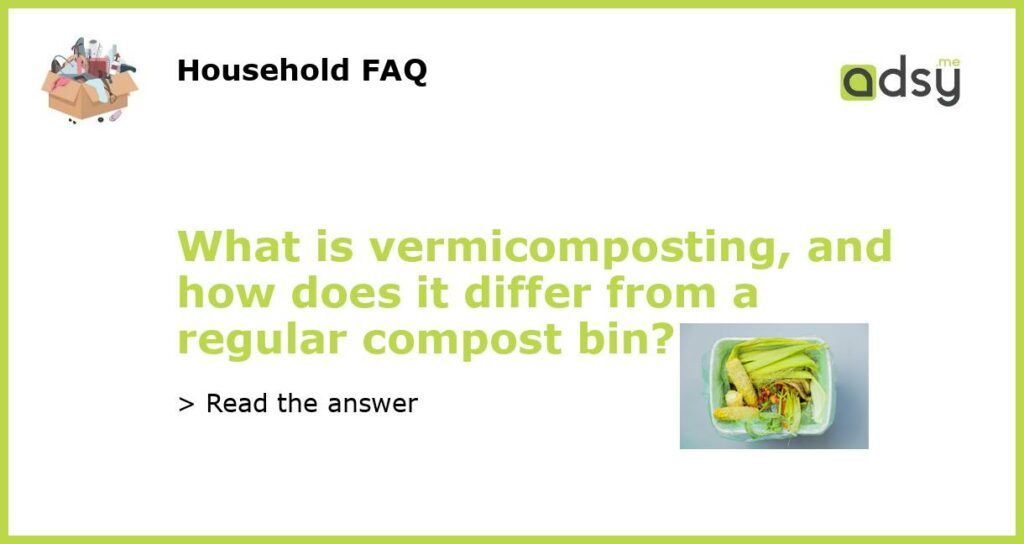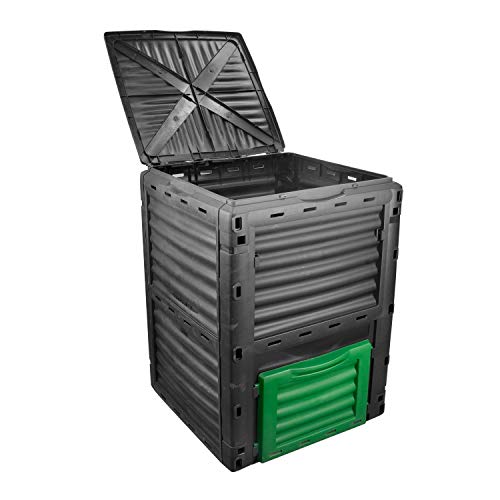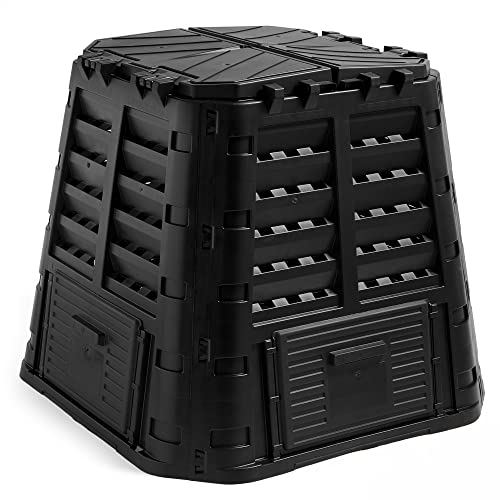What is Vermicomposting?
Vermicomposting is the process of composting using worms. Specifically, red wiggler worms are used to break down organic materials such as food scraps, yard waste, and cardboard into nutrient-rich soil. The worms consume the organic material and excrete castings or worm poop. These castings are then harvested and used as fertilizer for plants.
Differences from a Regular Compost Bin
Vermicomposting differs from a regular compost bin in several ways. Regular compost bins rely on the natural decomposition of organic materials by bacteria and fungi to break down into usable soil. Vermicomposting, on the other hand, uses worms to speed up the process and create a more nutrient-rich soil.
Another difference is the size of the container. Traditional compost bins can be larger and require more space, while vermicomposting can be done in smaller containers such as worm bins.
Last but not least, vermicomposting can be done indoors as long as adequate temperatures and moisture levels are maintained, making it a great option for those who do not have access to outdoor spaces or who live in colder climates.
Benefits of Vermicomposting
The benefits of vermicomposting are numerous. Firstly, it reduces the amount of waste sent to landfills, which in turn reduces methane gas emissions. Secondly, it creates a nutrient-rich soil that promotes healthier plant growth. The soil produced from vermicomposting contains more nitrogen, phosphorus, and potassium than regular compost.
Vermicomposting can also help to improve soil drainage and structure, leading to better water retention and erosion control. Finally, vermicomposting can save money on fertilizers and reduce the need for chemical fertilizers, leading to a healthier environment overall.
Getting Started with Vermicomposting
To get started with vermicomposting, one will need a container with a lid, bedding material such as shredded paper, and red wiggler worms. The bedding materials provide a comfortable environment for the worms to live in, while the worms themselves are where the magic happens.
Food scraps such as fruit and vegetable scraps, coffee grounds, and eggshells can be added to the container. It is important to avoid adding meat, dairy, and oily foods as these can attract rodents and pests.
The container should be kept in a location between 55-77 °F (13-25°C), as this is the temperature range where the worms thrive. It is also important to monitor the moisture level of the container, as the material should be kept moist, but not too wet.
Vermicomposting is an easy and effective method of composting using worms. It differs from traditional composting methods due to its reliance on worms and smaller container size. Vermicomposting has numerous benefits, such as reducing waste sent to landfills, creating a nutrient-rich soil, and promoting healthier plant growth. Getting started with vermicomposting requires a container, bedding material, and red wiggler worms. With proper care and maintenance, one can create a thriving vermicomposting system in their home or apartment.






